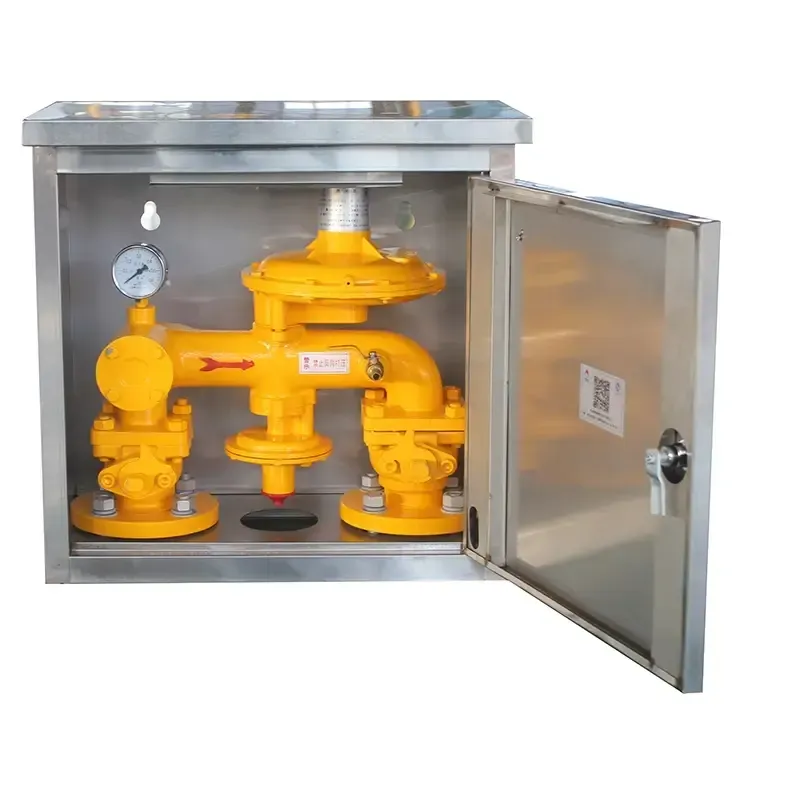
Dec . 25, 2024 19:49
Back to list
Pressure Relief Valve Function and Importance in Industrial Systems
The Importance of the Pressure Relief Valve in Industrial Applications
In various industrial processes, maintaining the safety and efficiency of equipment is paramount. One critical component often overlooked is the pressure relief valve (PRV), known in Arabic as صمام التنفيس. This article explores the significance, functionality, and application of the pressure relief valve in industrial systems, highlighting its role in safeguarding operations.
Understanding Pressure Relief Valves
A pressure relief valve is a critical safety device designed to protect pressurized systems from excessive pressure. When the pressure in a system exceeds a predetermined limit, the PRV opens to release some of the pressure, thus preventing potential explosions or equipment failures. These valves are essential in industries such as oil and gas, chemical manufacturing, power generation, and water treatment.
Functionality of Pressure Relief Valves
The primary function of a PRV is to ensure that pressure within a system remains within safe limits. The valve operates based on a spring-loaded mechanism that holds the valve closed under normal operating conditions. As the pressure increases, the force exerted on the valve's diaphragm or piston will eventually exceed the spring tension, causing the valve to open. This action allows excess pressure to escape, and once the pressure drops to a safe level, the valve closes again.
PRVs can be classified into several types, including
1. Conventional Pressure Relief Valves These are the most common type, which opens gradually to relieve pressure. 2. Balanced Pressure Relief Valves These are designed to minimize the effects of backpressure, making them ideal for fluctuating pressure environments. 3. Pilot-Operated Relief Valves These utilize a secondary pilot valve to control the opening and closing of the main valve, providing very precise pressure control.
Applications of Pressure Relief Valves
صمام التنفيس

1. Oil and Gas Industry PRVs are essential in pipelines and processing facilities to prevent overpressure conditions that could lead to catastrophic failures or environmental disasters. 2. Chemical Manufacturing In chemical plants, reactions can sometimes release excess heat and gases. PRVs ensure that these systems do not exceed their safe pressure limits, maintaining safe operation conditions. 3. Power Generation Steam boilers and turbines require robust pressure management. PRVs protect these systems from overpressure, which can lead to equipment damage or failures. 4. Water Treatment Facilities High-pressure systems in water treatment processes also rely on PRVs to ensure safe operation and prevent leaks or ruptures.
Benefits of Using Pressure Relief Valves
The use of pressure relief valves provides several key benefits
- Safety PRVs significantly reduce the risk of system failure due to overpressure, protecting personnel and equipment. - Regulatory Compliance Many industries are subject to strict regulations regarding equipment safety. Proper installation and maintenance of PRVs help ensure compliance with these standards. - Cost Efficiency By preventing equipment damage, PRVs can save companies significant repair costs and downtime, contributing to the overall efficiency of operations.
Maintenance and Best Practices
For pressure relief valves to function effectively, proper maintenance is crucial. Regular inspections, testing, and servicing are necessary to ensure that the valves open and close as designed. Maintenance practices include
- Periodic Testing Regularly test the valve to confirm that it opens at the correct pressure. - Visual Inspections Check for signs of wear, corrosion, or other damage. - Cleaning Ensure that the valve is free from debris and buildup that could affect functionality.
Conclusion
The role of the pressure relief valve in industrial applications cannot be overstated. As the frontline defense against overpressure scenarios, these valves are vital for maintaining safety, compliance, and operational efficiency. Understanding their functionality and implementing best practices for maintenance can significantly improve the integrity and reliability of industrial systems. As industries continue to evolve, the importance of safety devices like pressure relief valves will remain paramount in protecting people, assets, and the environment.
Next:
Latest news
-
Safety Valve Spring-Loaded Design Overpressure ProtectionNewsJul.25,2025
-
Precision Voltage Regulator AC5 Accuracy Grade PerformanceNewsJul.25,2025
-
Natural Gas Pressure Regulating Skid Industrial Pipeline ApplicationsNewsJul.25,2025
-
Natural Gas Filter Stainless Steel Mesh Element DesignNewsJul.25,2025
-
Gas Pressure Regulator Valve Direct-Acting Spring-Loaded DesignNewsJul.25,2025
-
Decompression Equipment Multi-Stage Heat Exchange System DesignNewsJul.25,2025

